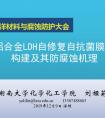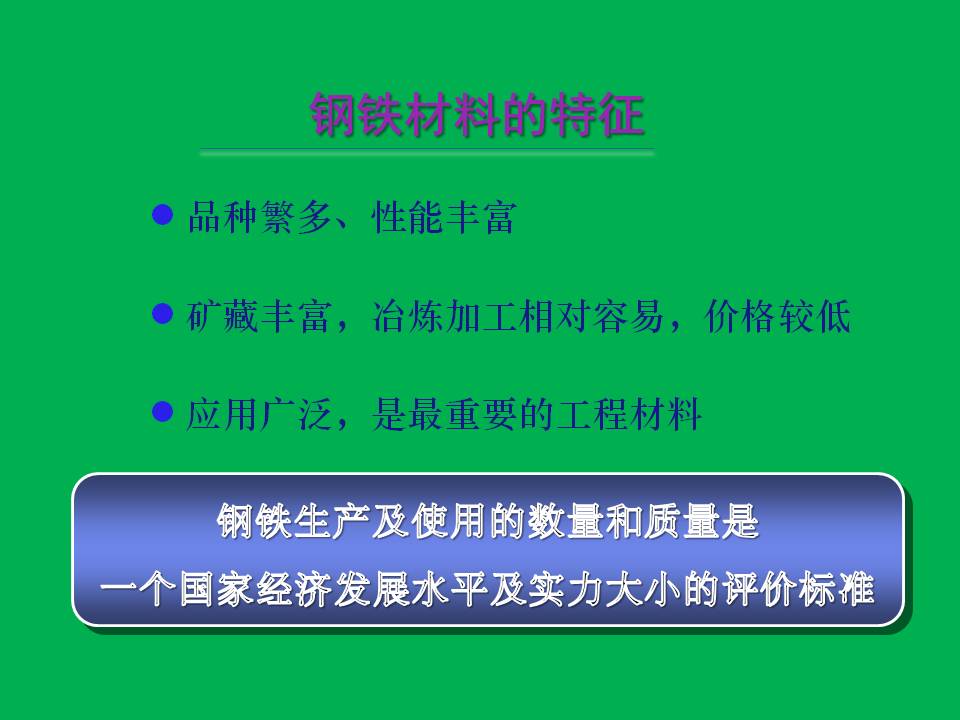使用漏導超聲波在流體填充容器檢測非侵入性的腐蝕,MIC和的異物
2014-08-06 14:11:08
作者:郭靜來源:
Noninvasive detection of corrosion, MIC, and foreign objects in fluid-filled containers using leaky guided ultrasonic waves
US 6367328 B1
Ultrasonic energy in the form of guided waves is launched into the wall of a fluid-filled container. The guided wave propagates around the circumference of the container from a transmitting transducer to a receiving transducer. Part of the guide wave energy leaks into the fluid in the form of bulk waves, reflects off the inner wall on the other side and enters back to the receiving transducer trailing the direct wave. Analysis of the received waves determines the presence of corrosion pitting and MIC nodules on the container inner wall, and fluid level. In addition, it determines whether foreign objects are inside the container. The guided waves are created with wideband transducers excited at certain frequencies that depend on the material and geometry of the part being measured. The leakage energy is maximized with a shaped tone burst pulse at the specified frequency. The energy and energy ratio of both the direct and leakage fields are measured and related to the container inner wall condition and the presence of any foreign objects in the fluid.
超聲能量以導波的形式發射到充滿液體的容器的壁。導波傳播圍繞這個容器的周圍從一個發射換能器到一個接收換能器。部分導波的能量以體波的形式泄漏到流體中,通過另一側的內壁反射回來的,并返回到接收換能器后成為直接波。對所接收到的波的分析決定在容器內壁的腐蝕點和MIC結節,和流體水平。此外,它確定異物是否是在容器內部。導波通過在特定頻率激發的寬帶換能器產生,依賴于被測量部件的材料和幾何形狀。漏感能量通過形音猝發脈沖的作用在指定的頻率最大化。直接和漏磁場的能量和能量比率計算,與容器內壁條件和流體中任何異物存在有關。
責任編輯:郭靜
《中國腐蝕與防護網電子期刊》征訂啟事
中國腐蝕與防護網官方 QQ群:140808414
相關文章

官方微信
《中國腐蝕與防護網電子期刊》征訂啟事
- 投稿聯系:編輯部
- 電話:010-62313558-806
- 郵箱:fsfhzy666@163.com
- 中國腐蝕與防護網官方QQ群:140808414
點擊排行
PPT新聞
鋁合金LDH自修復自抗菌膜層構建
點擊數:466
碳鋼及合金鋼應用與區別
點擊數:393




